Hey dear Hive friends, first of all I hope that you are all well and have a pleasant day full of positive experiences as well as a good start to the weekend! Today I would like to talk about art history and hope you can learn something new.
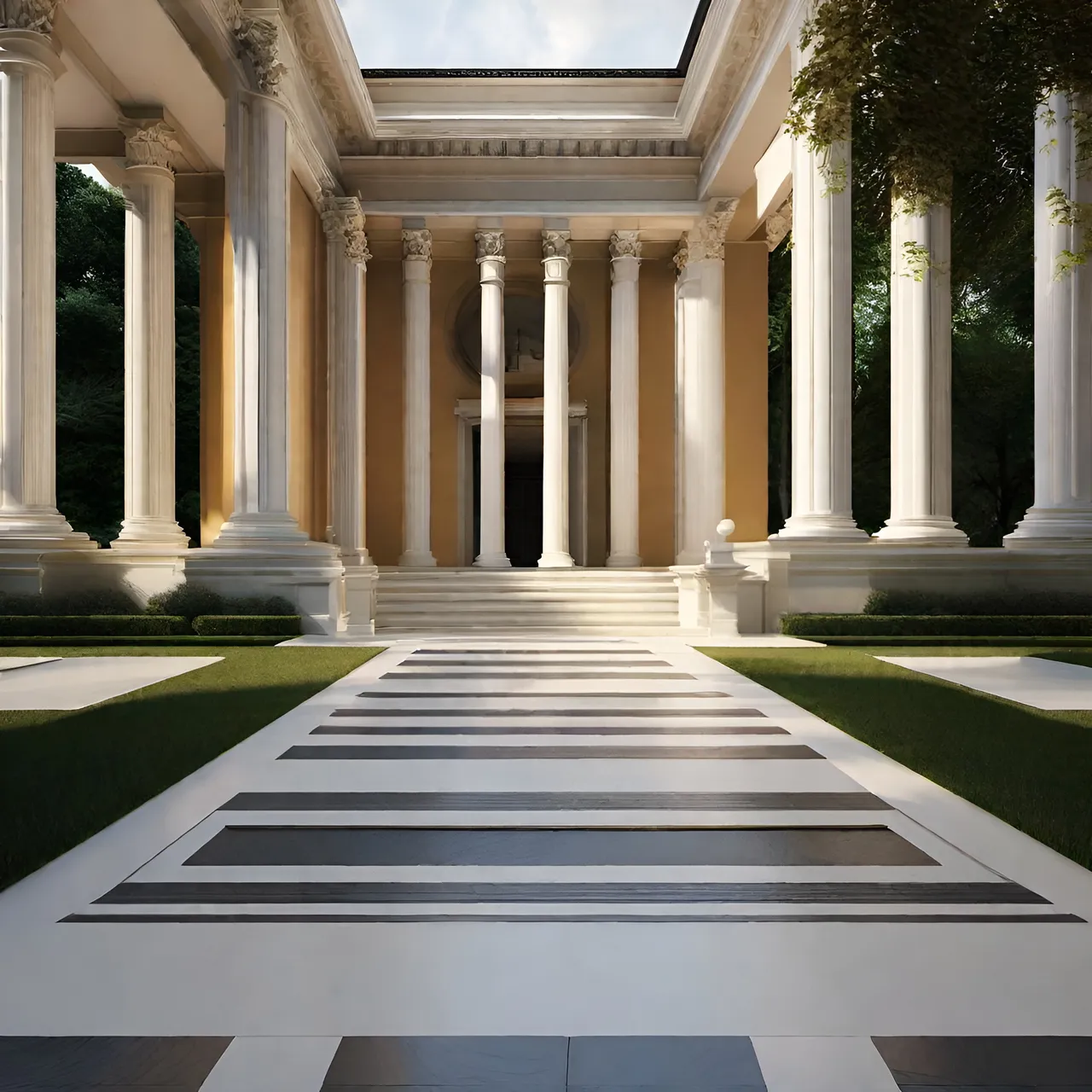
Here you can see one or the other picture that I have created with artificial intelligence and are supposed to express the art style classicism a little closer. The art era ranges from between 1770 - 1840 and replaced the Baroque epoch and it refers to the term classical and is much associated with forms of Roman and Greek antiquity. One of the most important reasons for its creation was the longing for clear forms and one of the most important leading figures of this era was Johann Joachim Winckelmann (1717 - 1768) who was strongly influenced by ancient Greece and Roman culture. Classicism is particularly characterized by the clear shapes or lines as well as the clear structuring of the outlines and these characteristics were particularly pronounced in architecture, which are particularly expressed on columns or triangles. Roughly, it can be said that artists of this era especially referred to the architectural style of antiquity and it has been incorporated into many old buildings such as museums or other buildings.
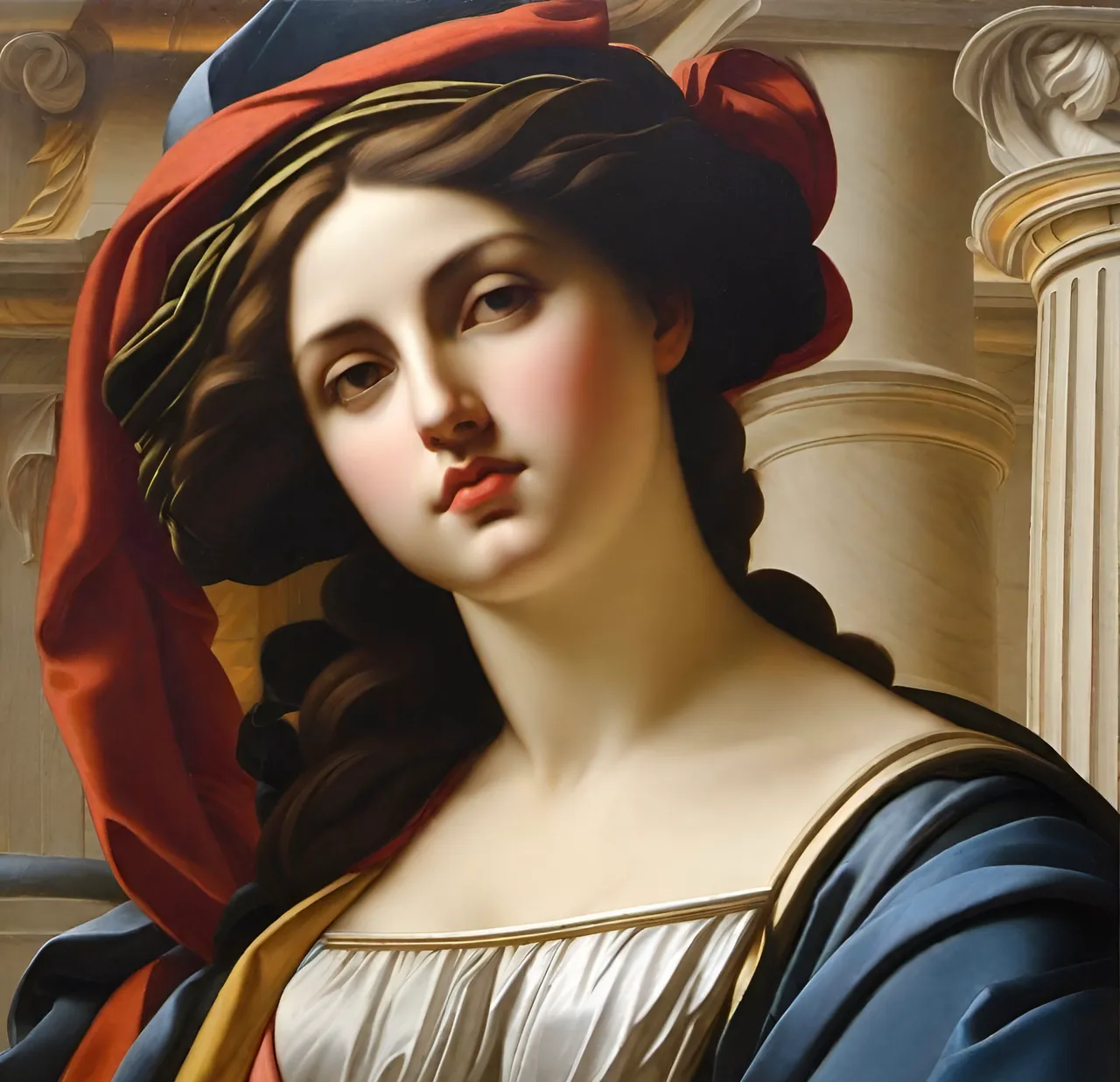
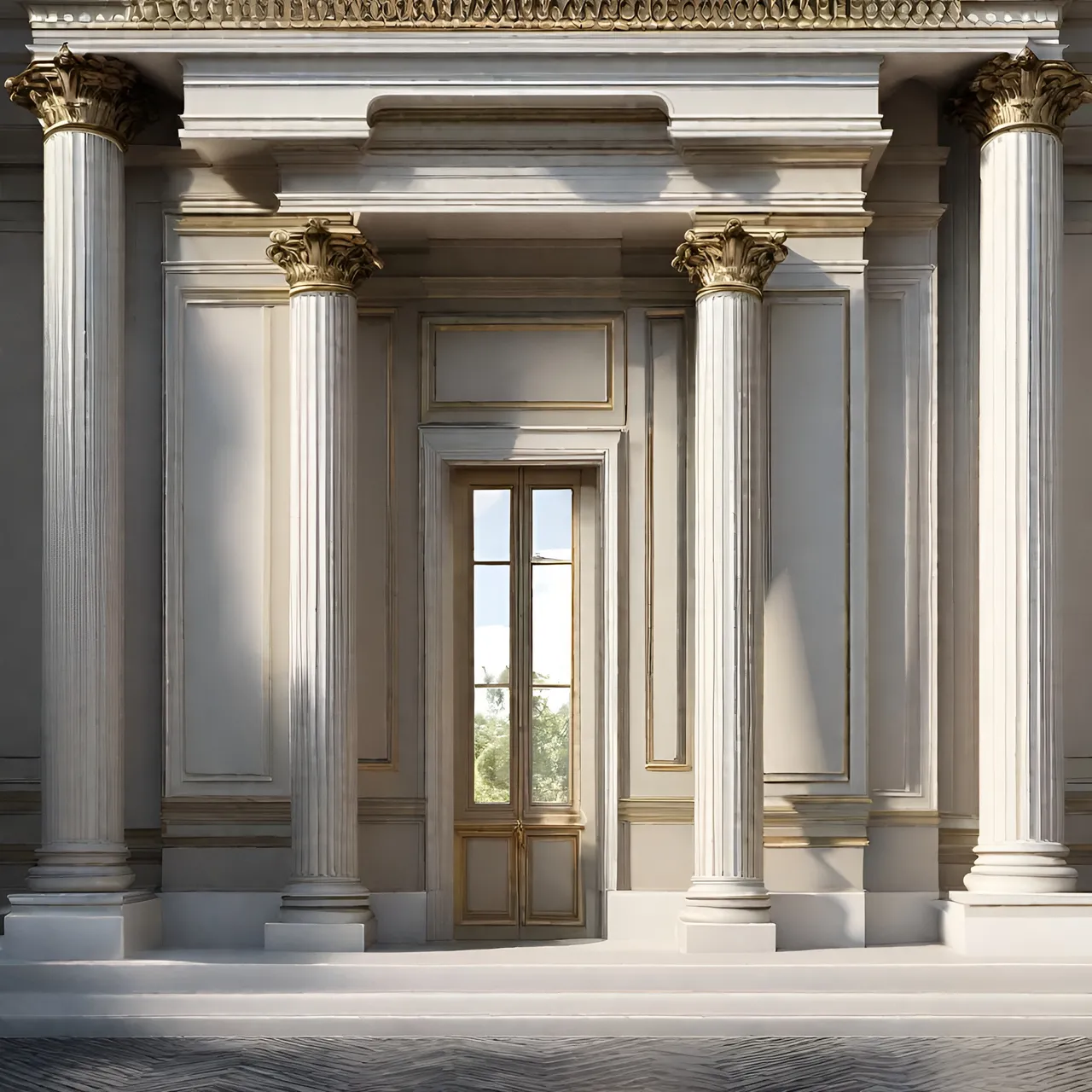
In paintings, classicism is also particularly characterized by the models of ancient Greece or Rome and mythology was particularly incorporated into the works. The first paintings of this era were probably created in France and it was mostly about expressing peace or harmony in a classic way and care was taken to bring the pictures as clearly as possible to the present and often elements of classical architecture can also be found in the works. As stylistic devices, the artists often used moments and brought forms into the works which should create an elegant mood and also sculpture was strongly influenced by classicism. As the selection of materials, the artists used materials such as bronze or marble and often embodied gods and and were oriented towards the ideal of the sculpture and the works radiate a kind of elegance with a cool undertone and convince with the clear lines.
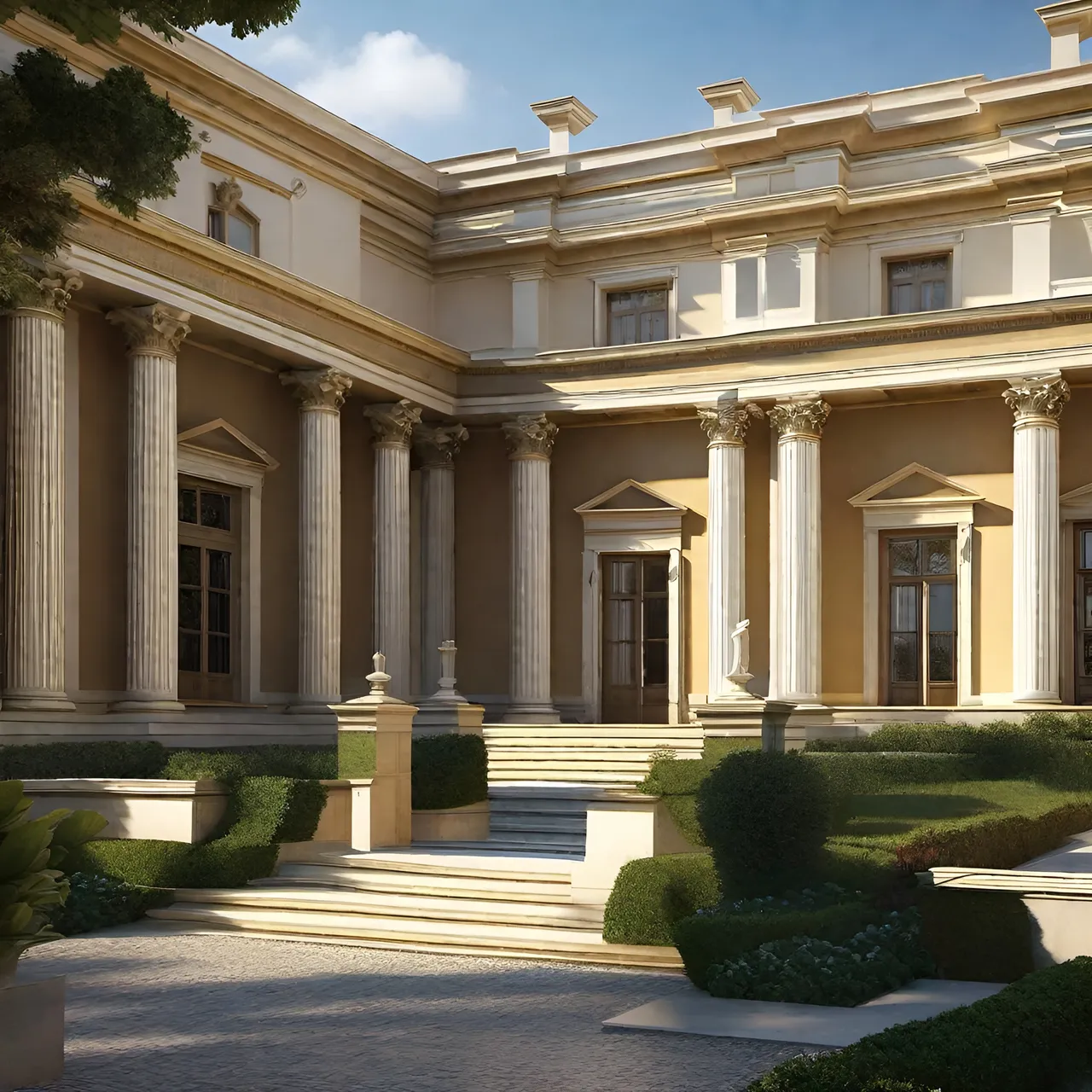
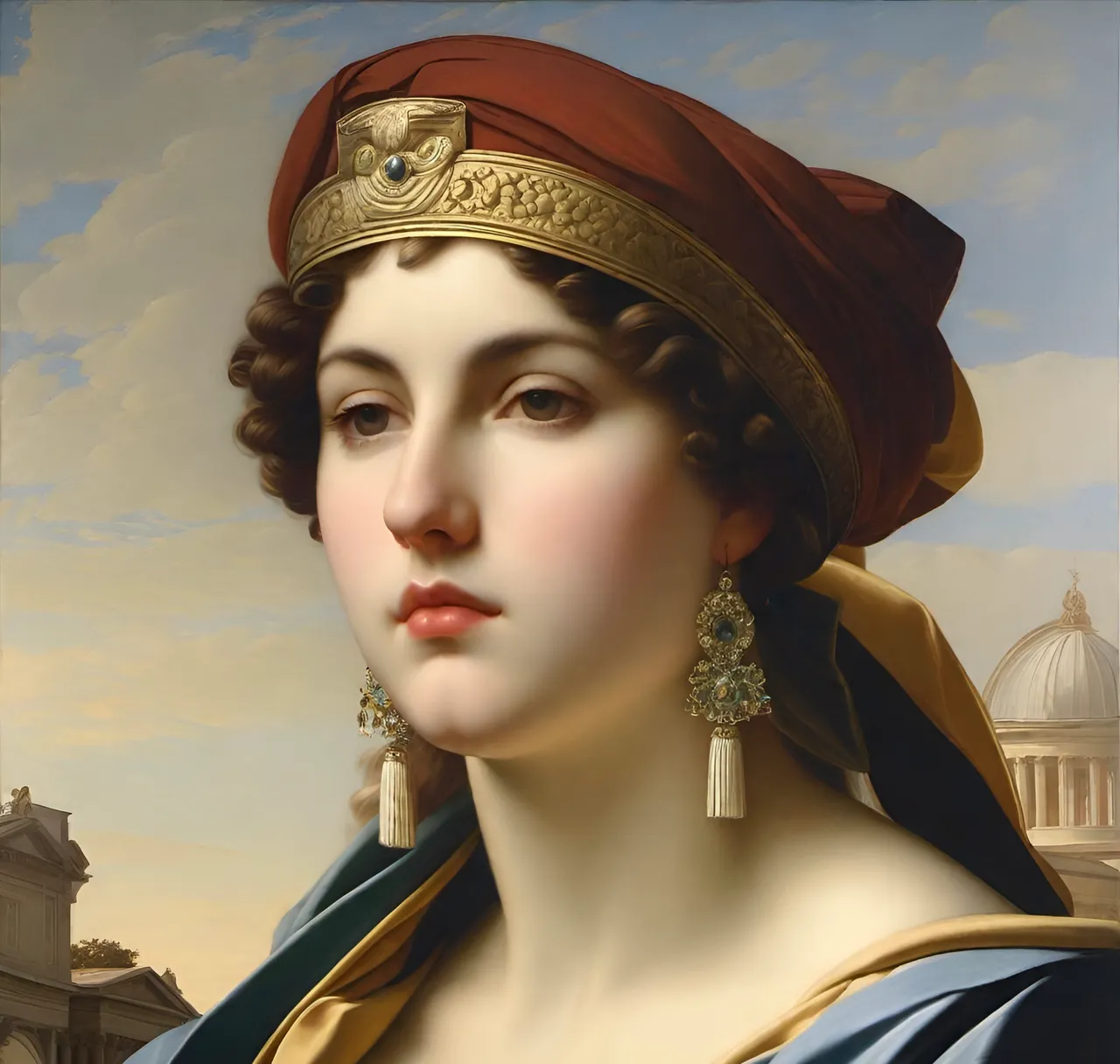
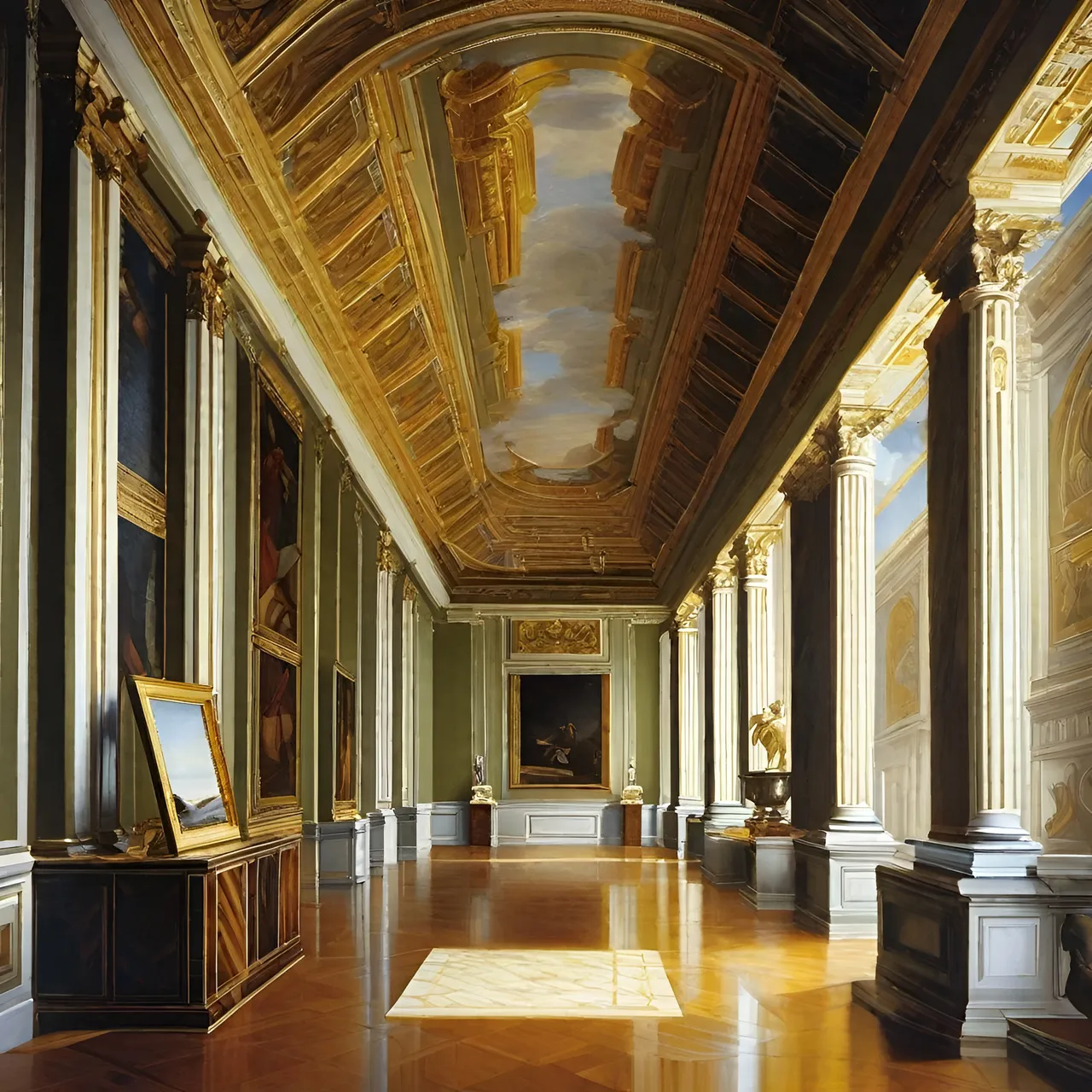
Thanks for taking the time to read through my post and I hope you like it and can learn something new about art history!